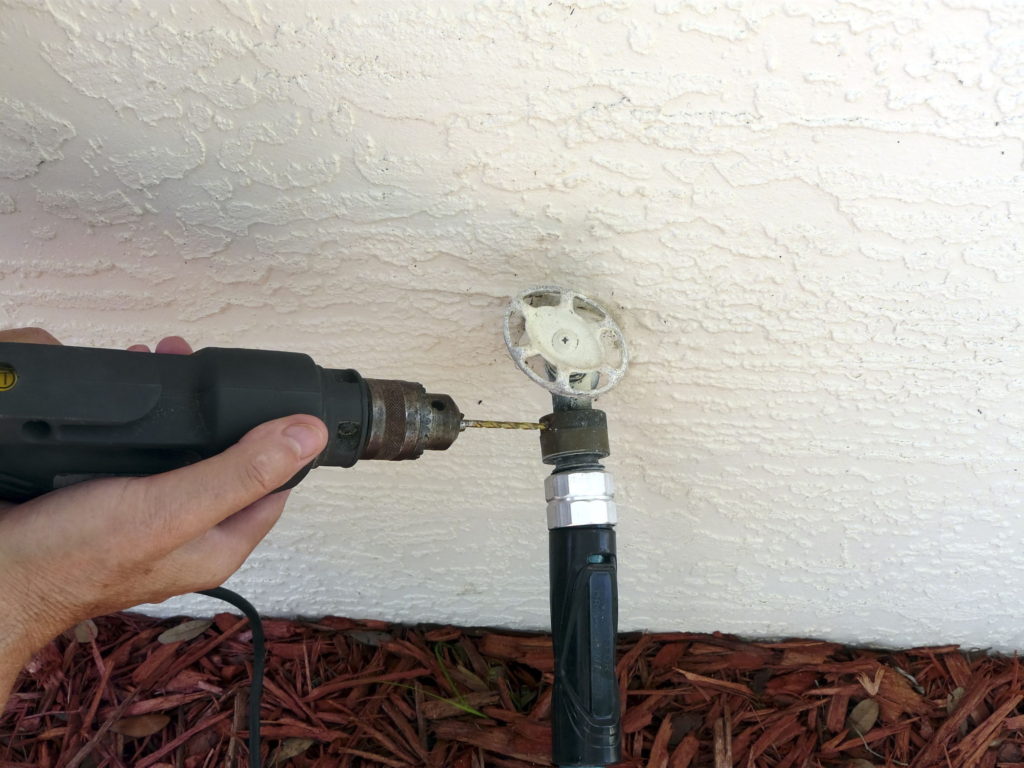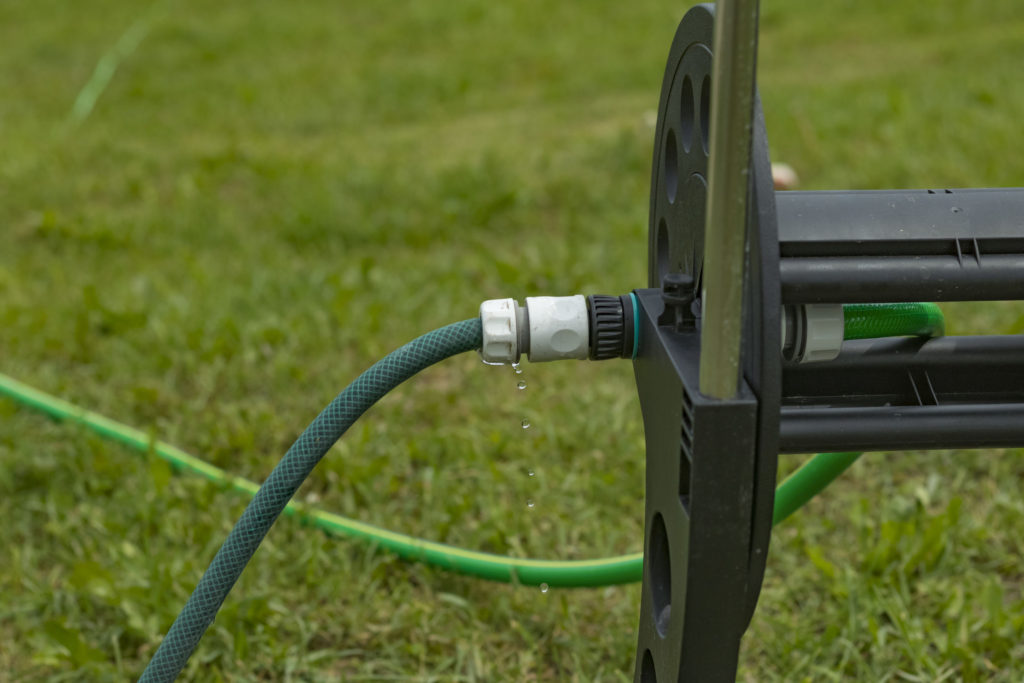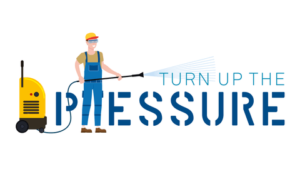Pressure washers are great tools for cleaning, but do you need a backflow preventer while you use it?
You need a backflow preventer while you use your pressure washer. The backflow preventer needs to be attached to your hose that supplies the water to the pressure washer. The backflow preventer will prevent any dirt and debris in the water from getting inside of your pressure washer and damaging it.
But what kind of backflow preventer do you need for a pressure washer?
What is Backflow?
Backflow is when the normal flow of water is reversed from its intended direction in any pipeline or plumbing system. It can become very dangerous if the backflow causes any water that is contaminated with chemicals or debris to get into drinking water. Since contaminated water can make people very sick, many cities require water systems to have backflow preventers attached to them.
Simply put, “backflow” means that water flows in the plumbing system have become reversed, causing potable water– clean water you can drink– to mix into the used water, which contains bacteria, chemicals, and other harmful contaminants.

Backflow preventing assemblies are designed to prevent contaminated water from mixing into clean municipal water supplies, which are usually used as drinking water. Contaminants like sediments, bacteria, and fertilizer are a major public health hazard.
There are two types of backflow that backflow preventers are made to prevent.
Back Siphonage is a reverse flow caused by a loss of supply pressure, results from negative pressure, creating a partial vacuum effect. The systems distributing the water fall behind in the system using the water, in terms of water pressures. As a result, a siphoning effect moves contaminated water in the wrong direction. This can happen during a water main break, or in an emergency when a nearby fire hydrant is used (which involves high water pressures).
Back Pressure is an increase of water pressure caused by elevation of mechanical pumping that raises the system pressure above the supply pressure. This means that the downstream pressure is greater than upstream, or supply, pressure. Essentially, your home or building’s plumbing system contains water at greater pressures than the municipal water mains, which isn’t supposed to be the case
Different Backflow Prevention Devices
These devices are on the List of Approved Backflow Prevention Assemblies, which is a list that is maintained by the University of Southern California Foundation for Cross-Connection Control and Hydraulic Research. The list can be obtained from the USC Foundation website.
Types of Backflow Preventing Devices:
Reduced Pressure Principal Assemblies for Domestic Service Lines
“A reduced pressure principal (RP) assembly offers sophisticated protection against back Siphonage and back pressure in domestic water service lines. The RP device has a relief valve located between two check valves. The relief valve will discharge water should either check valve fail. The RP device requires annual testing.” source
Double Detector Check Assemblies for Fire Service Lines
“A double check-detector backflow prevention assembly (DCDA) is used on main fire service lines. A DCDA consists of two backflow devices, one on the main line and the other on a bypass line. The bypass line device contains a small meter for detecting water use. A DCDA lacks a relief valve and thus does not provide the highest level of protection.” source
Fire Service Line Meters
“Fire service lines must have a meter installed on the DCDA or RPDA assembly. The meters must be inspected regularly to ensure proper working order. When a non-working meter is replaced, use a meter reading form to document the old meter’s last reading and number and the new meter’s number, last reading, and new reading.” source
While these are very common backflow preventers, you will need a backflow preventer that can be attached to the hose that provides water to your pressure washer, whether it is a garden hose or a water tank.
Will a Backflow Preventer Reduce the Water Pressure
A backflow preventing device can reduce the amount of water pressure that comes from the hose. However, if you are using a pressure washer, you will not need to worry about this because the pressure washer will pressurize the water. Simply make sure that the hose that you are using is providing enough water to supply the machine, and you will not have to worry about anything related to backflow.
Backflow stoppers are installed on water hydrants before your garden hose that supplies water to your pressure washer or drain jetting equipment. The backflow preventer acts as a vacuum break and prevents contamination of water supply from debris or chemicals from backing up into the potable water supply. Backflow preventers for pressure washers are required by most states and municipalities.
A persistent and slow leaking from the backflow preventer is most commonly caused by debris such as dirt or sand from the domestic water source getting into the seat of the relief valve and keeping it from shutting all the way. This is very easy to fix. Simply take off the backflow preventer, scrape or rinse away any debris that is preventing the water from flowing freely through the device. After it is clean, put it back on again and use your hose as much as you like! If your backflow preventer is broken and leaking heavily, then it needs to be replaced. Luckily, it is very easy to replace a backflow preventer for your hose.

The type of backflow preventer that a typical garden hose uses ranges in price from $6-$20, although there are more expensive and more advanced backflow preventers that are available for purchase.
How Do I Know What Kind of Backflow Preventer to Get
Before you get a backflow preventer, make sure that you know what kind of hose you have and will use while you use your pressure washer. There are many different hose sizes, even for your normal garden hose. If you are unsure of what kind or what size of backflow preventer you need for your hose, ask an associate at you local hardware store. They will be able to tell you what kind you need, and they will be able to show you different options that will work best for your needs.
